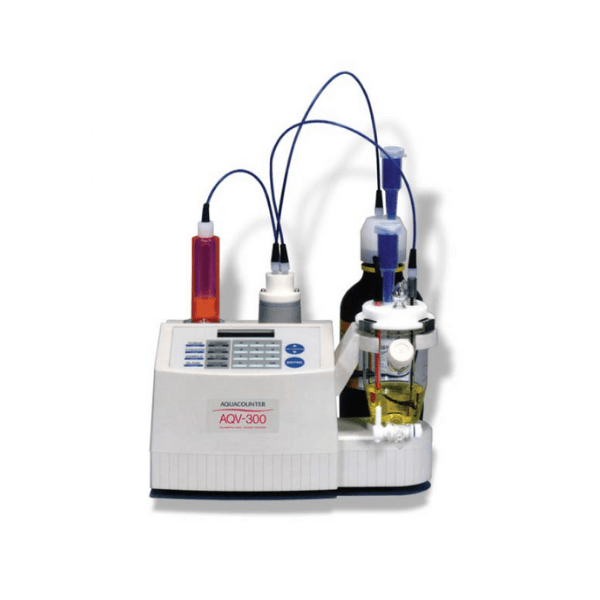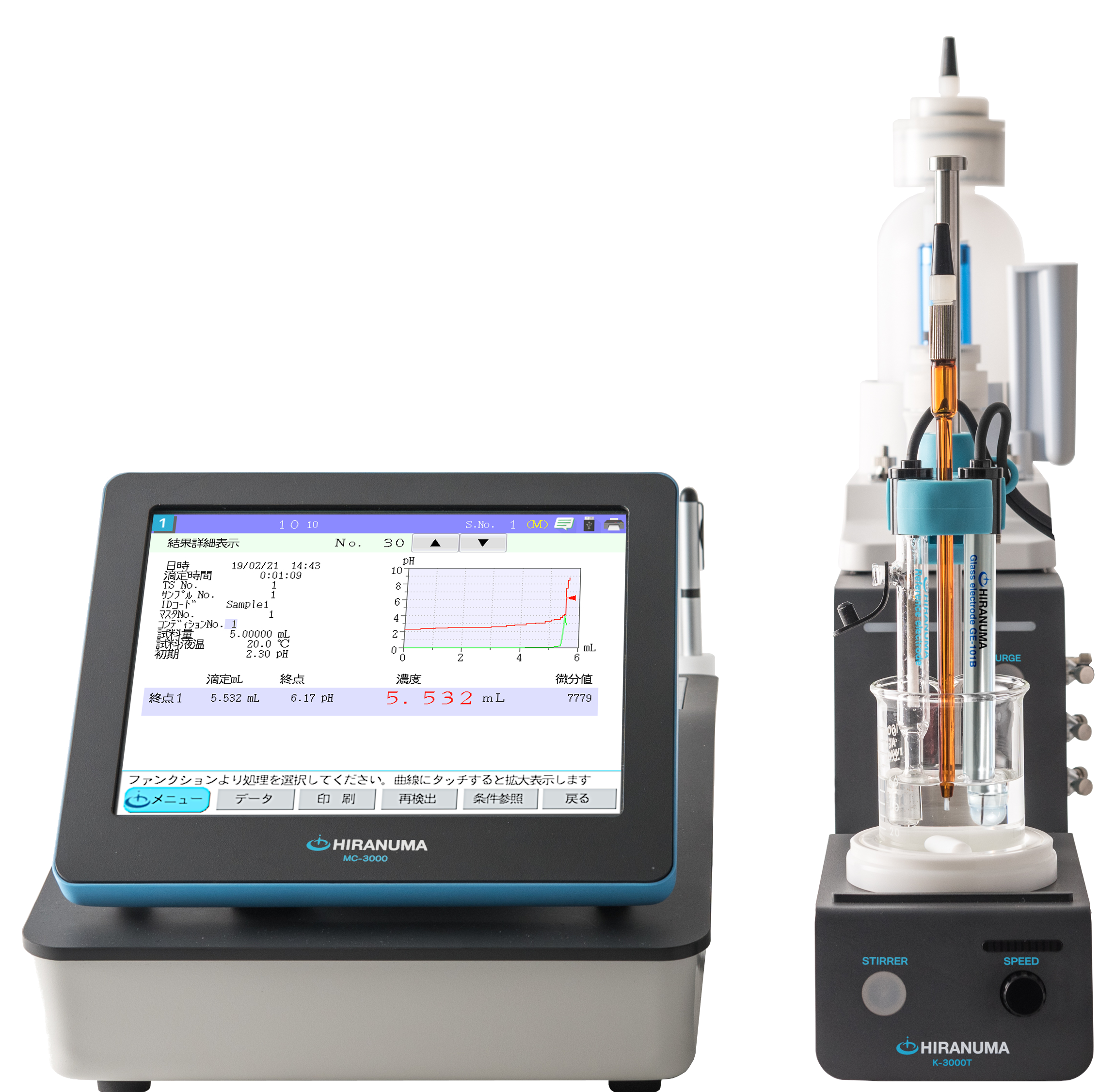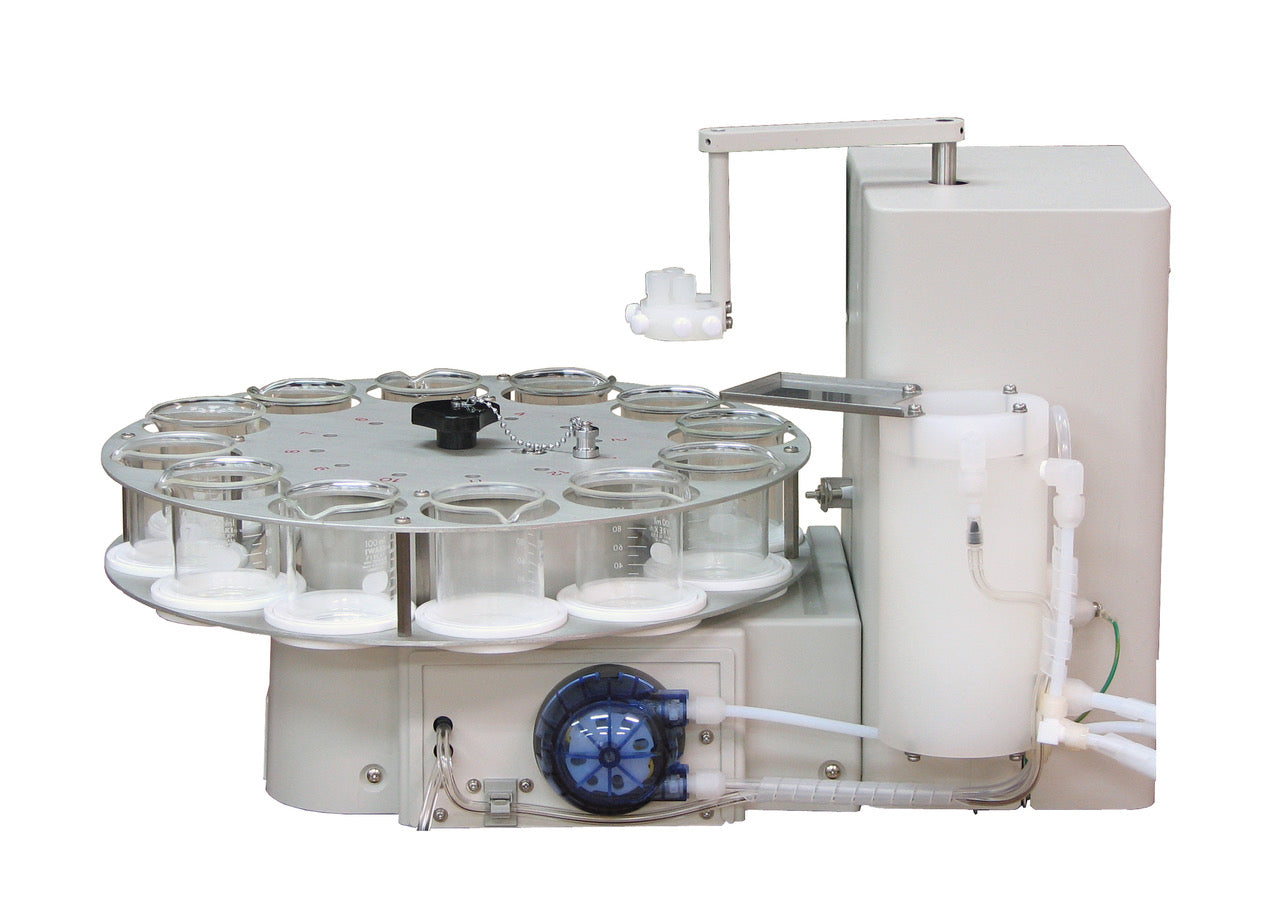Karl Fischer & Potentiometric Titration Application Library
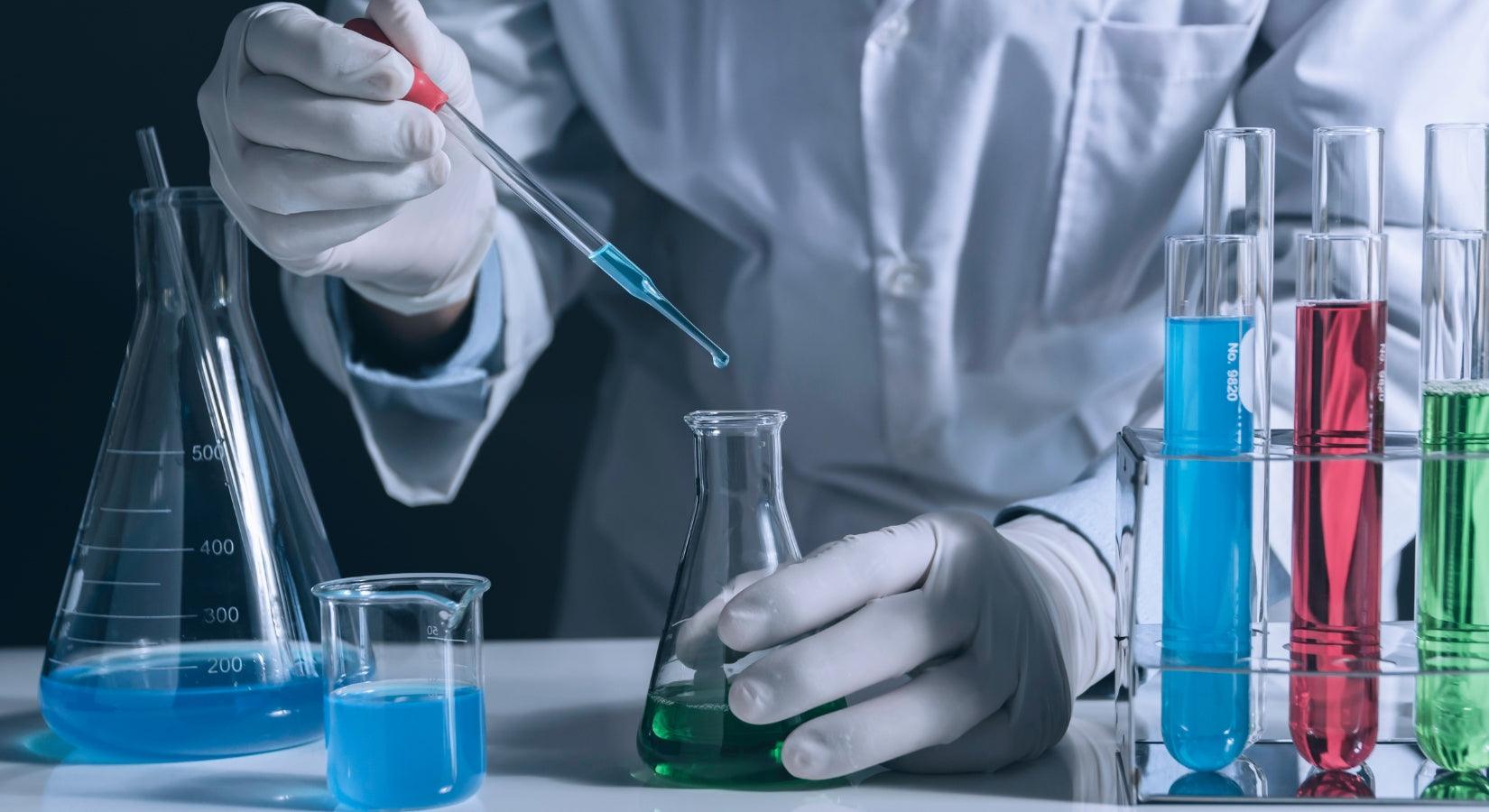
Fractional determination of hydrogen peroxide and peracetic acid | Autotitrator COM-A19
Peracetic acid (CH₃COOOH) is used as oxidizing agent, bleaching agent, and fungicide. Peracetic acid generates acetic acid and oxygen by its decomposition. It is suggested that the bleaching and antiseptic properties are derived from this generated oxygen. On the other hand, hydrogen peroxide (H₂O₂) works as both oxidizing and reducing agents depending on the target chemical to be reacted. It is used as fungicide in food industry as well as peracetic acid.
Recently, the usage of the mixed solution containing hydrogen peroxide, peracetic acid, and acetic acid has been increasing for the sterilization of beverage containers along with the popularization of a plastic bottle as containers. This report introduces an example of fractional determination of hydrogen peroxide and peracetic acid in the mixed solution containing hydrogen peroxide, peracetic acid, and acetic acid.
The fractional titration of hydrogen peroxide and peracetic is performed as follows: first, hydrogen peroxide is titrated with potassium permanganate standard solution (formula (1)) after the sample solution is acidified with sulfuric acid. After the titration, add potassium iodide to generate iodine equivalent to peracetic acid (formula (2)). This generated iodine is titrated with sodium thiosulfate standard solution to determine the peracetic acid (formula (3)).
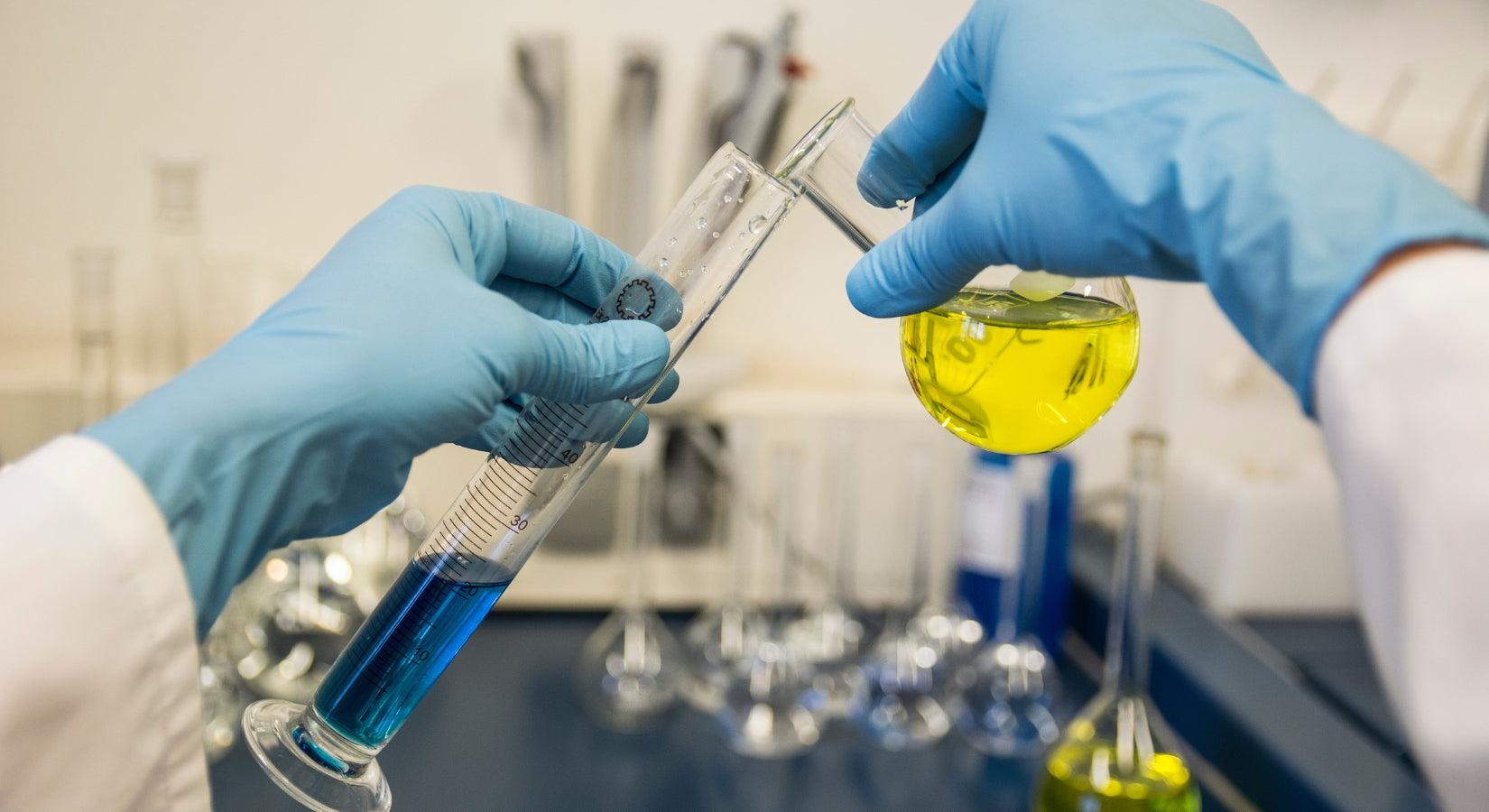
Fractional determination of ascorbic acid and sodium ascorbate | Autotitrator COM-A19
Ascorbic acid has properties as an acid and a strong reducing agent. On the other hand, sodium ascorbate doesn’t have a function as an acid but works as a reducing agent as well as ascorbic acid. The quantitative determination method for ascorbic acid is prescribed in JIS K 9502 and Japanese pharmacopeia. There are two determination methods for ascorbic acid; neutralization titration and iodine titration.
The fractional determination method for ascorbic acid and sodium ascorbate is introduced in this report. First, ascorbic acid is determined by the neutralization titration with sodium hydroxide standard solution (formula (1)). After that, the total amount of ascorbic acid (ascorbic acid and sodium ascorbate) is measured by the redox titration with iodine standard solution (formula (2) and (3)). The sodium ascorbate is determined by the subtraction of the ascorbic acid from the total amount of ascorbic acid.
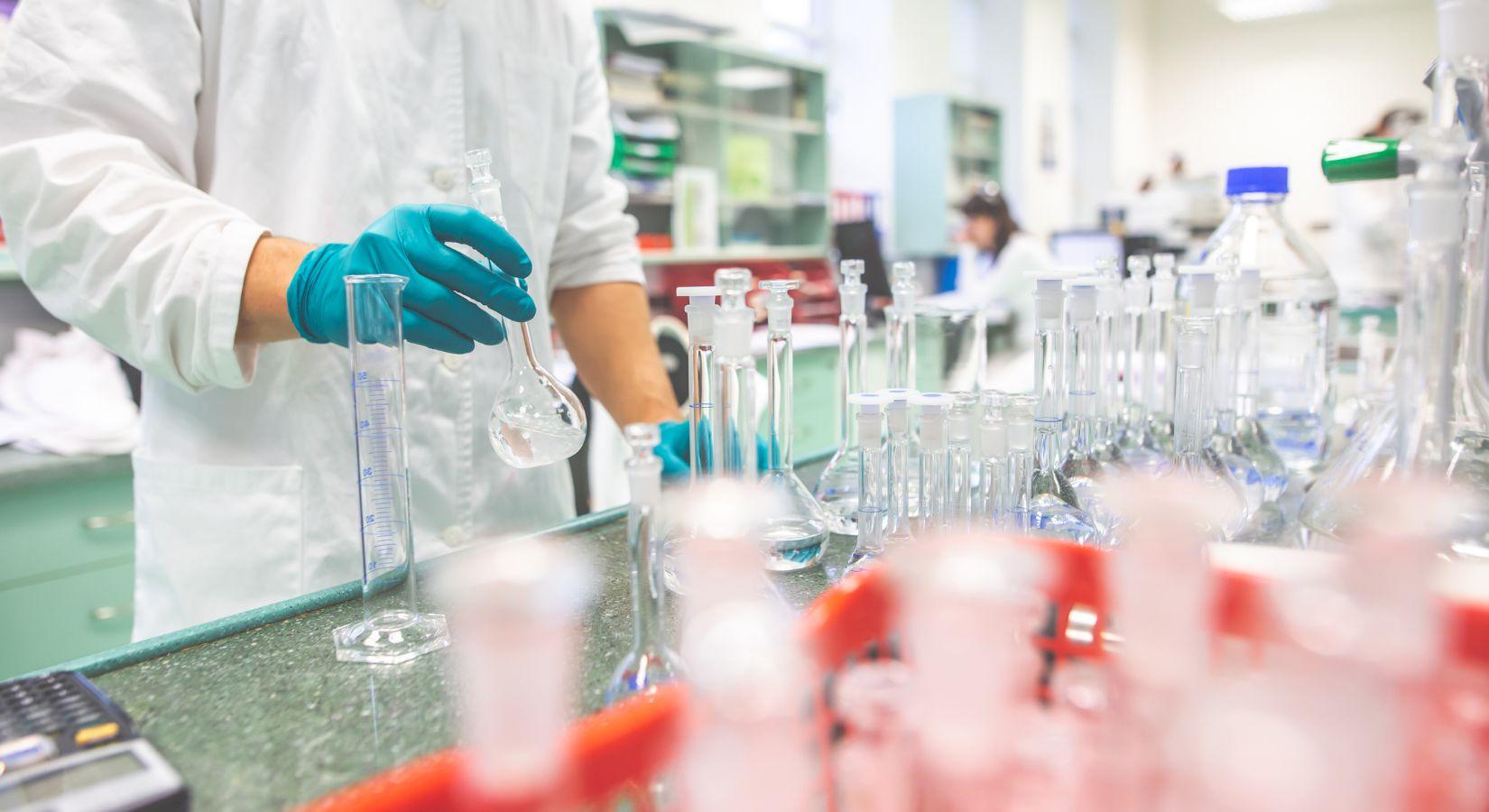
Fractional determination of acetic acid and ammonium acetate | Autotitrator COM-A19
The mixed solution of acetic acid and ammonium acetate is used as washing solution on the production process of semiconductor. There are some determination methods for the fractional determination of a weak acid and a salt of a weak acid. The formaldehyde addition method which is the most typical determination method is introduced in this report.
First, the neutralization titration is performed for acetic acid with sodium hydroxide (formula (1)). After that, acetic acid and hexamethylenetetramine equivalent to ammonium acetate are generated by adding formaldehyde (formula (2)). Finally, the generated acetic acid is continuously titrated with sodium hydroxide to determine the ammonium acetate.
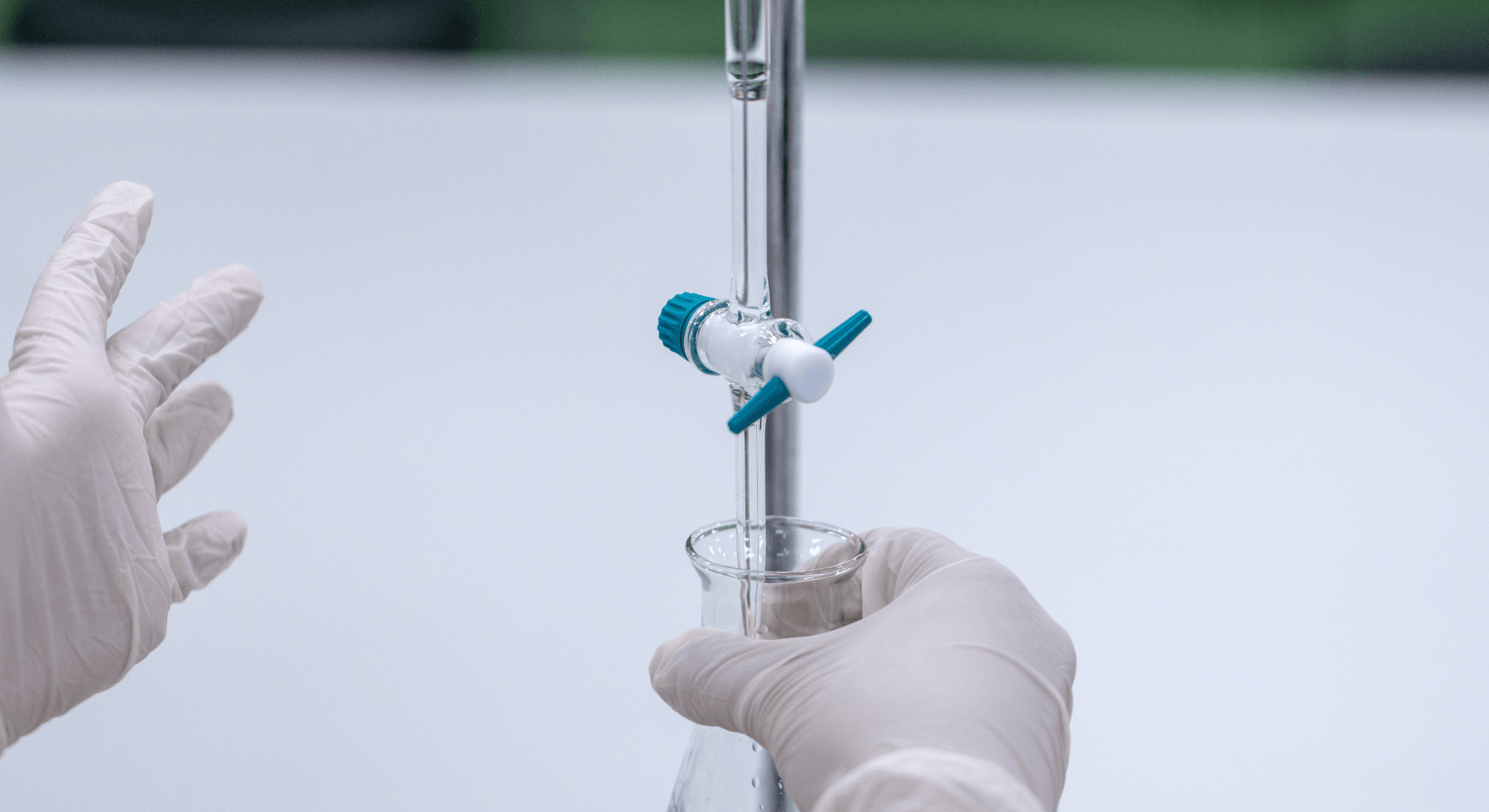
Purity determination of oxalic acid | Autotitrator COM-A19
Oxalic acid has two carboxy groups (-COOH) in the molecule , it is called dicarboxylic acid. There are two crystallization water molecules in the molecule. Oxalic acid is ortho acid and forms the following structure. It is readily oxidized by the acid stronger than formic acid.
Oxalic acid is used as raw material of organic compound. In addition, sodium salt of oxalic acid is used as standard substance of quantitative analysis because it quantitatively reacts with oxidizing agent like potassium permanganate and is stably conservable. The determination method for oxalic acid is prescribed in JIS K8519, it is determined by potassium permanganate standard solution. This report introduces an example of the purity determination for oxalic acid using redox titration as described below (formula 1) and neutralization titration with sodium hydroxide titrant (formula 2).
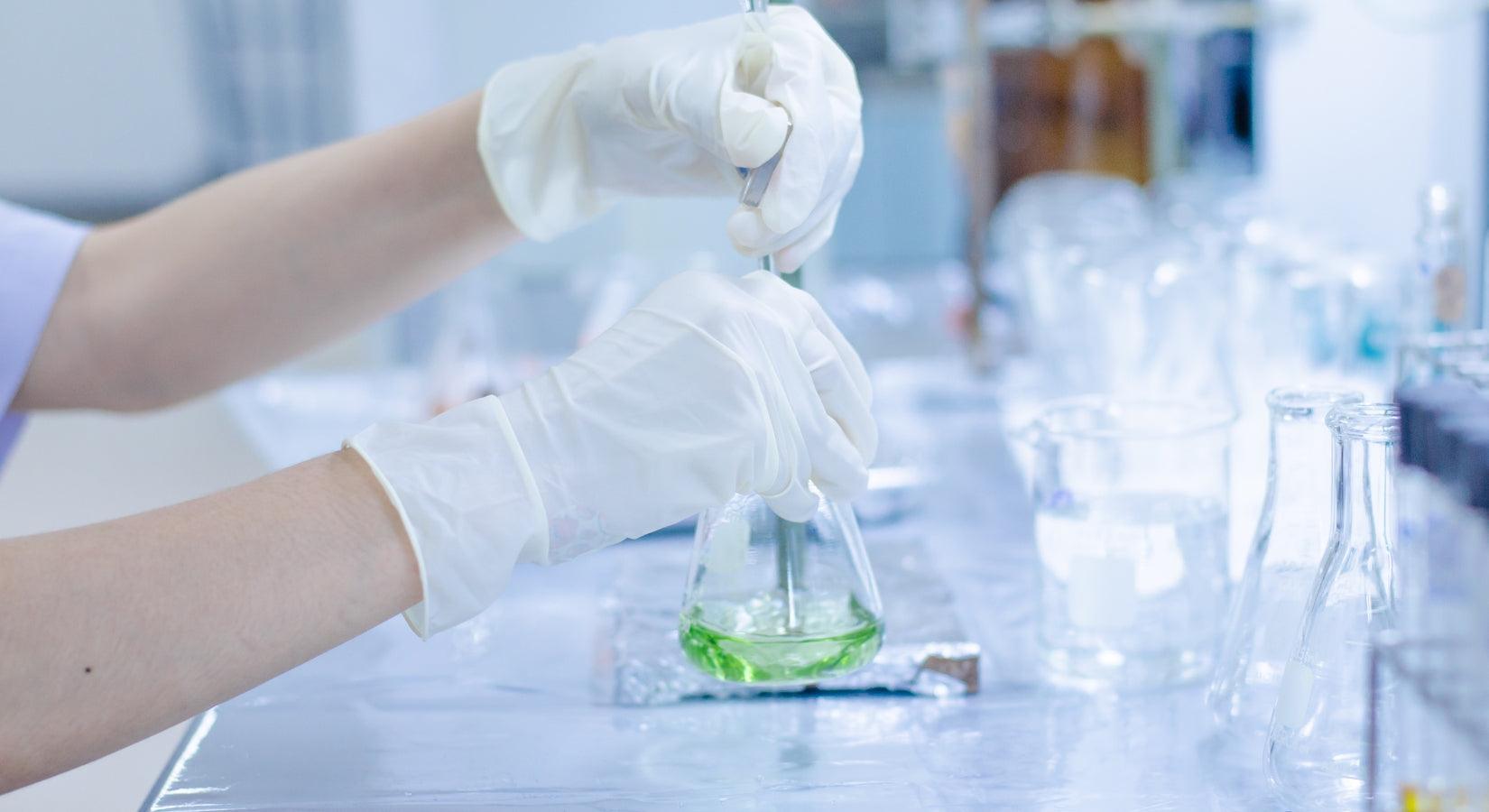
Determination of lactic acid | Autotitrator COM-A19
Lactic acid is oxycarboxylic acid which has carboxy group (-COOH) and alcoholic hydroxyl group (-OH). It shows acidic property when dissolved in water. Lactic acid is produced as raw material of organic compound or food additive.
“JIS (Japanese Industrial Standards) K8726” prescribes the determination method for the lactic acid by the back-titration with sodium hydroxide and sulfuric acid using phenolphthalein indicator. This report introduces an example of the potentiometric titration (formula (1)) with sodium hydroxide standard solution for the measurement of lactic acid sanitizer solution for raw noodles.
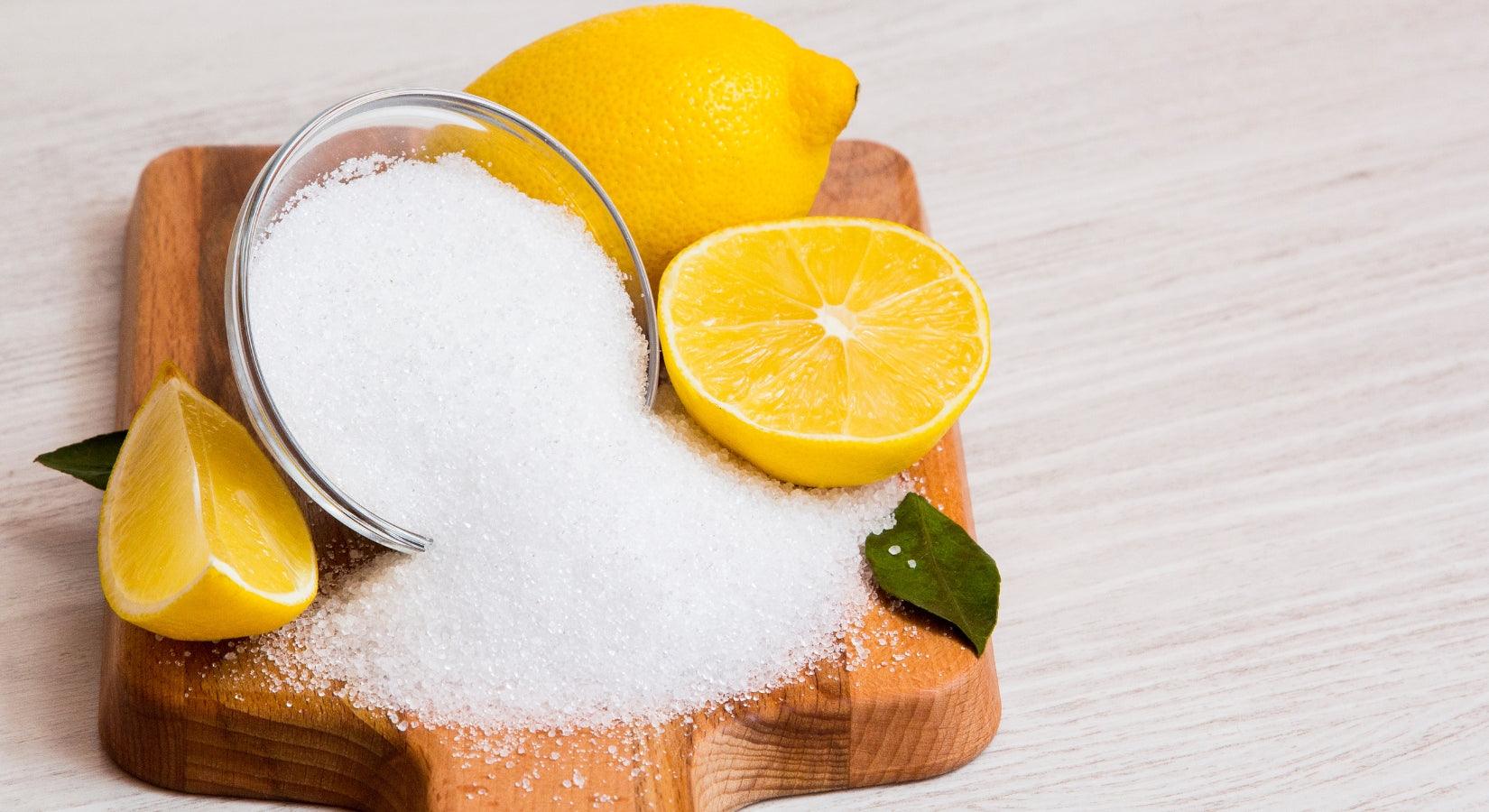
Purity determination of citric acid | Autotitrator COM-A19
Citric acid is oxycarboxylic acid which has carboxy group (-COOH) and alcoholic hydroxyl group (-OH).
It can be dissolved in water and has acidic property. Citric acid is produced as raw material of organic compound or food additive.
“JIS K8283” prescribes the determination method for the purity of citric acid by the neutralization titration using phenolphthalein indicator. This report introduces an example of the potentiometric titration (formula (1)) with sodium hydroxide standard solution for the purity determination of citric acid monohydrate according to “JIS K8283”.
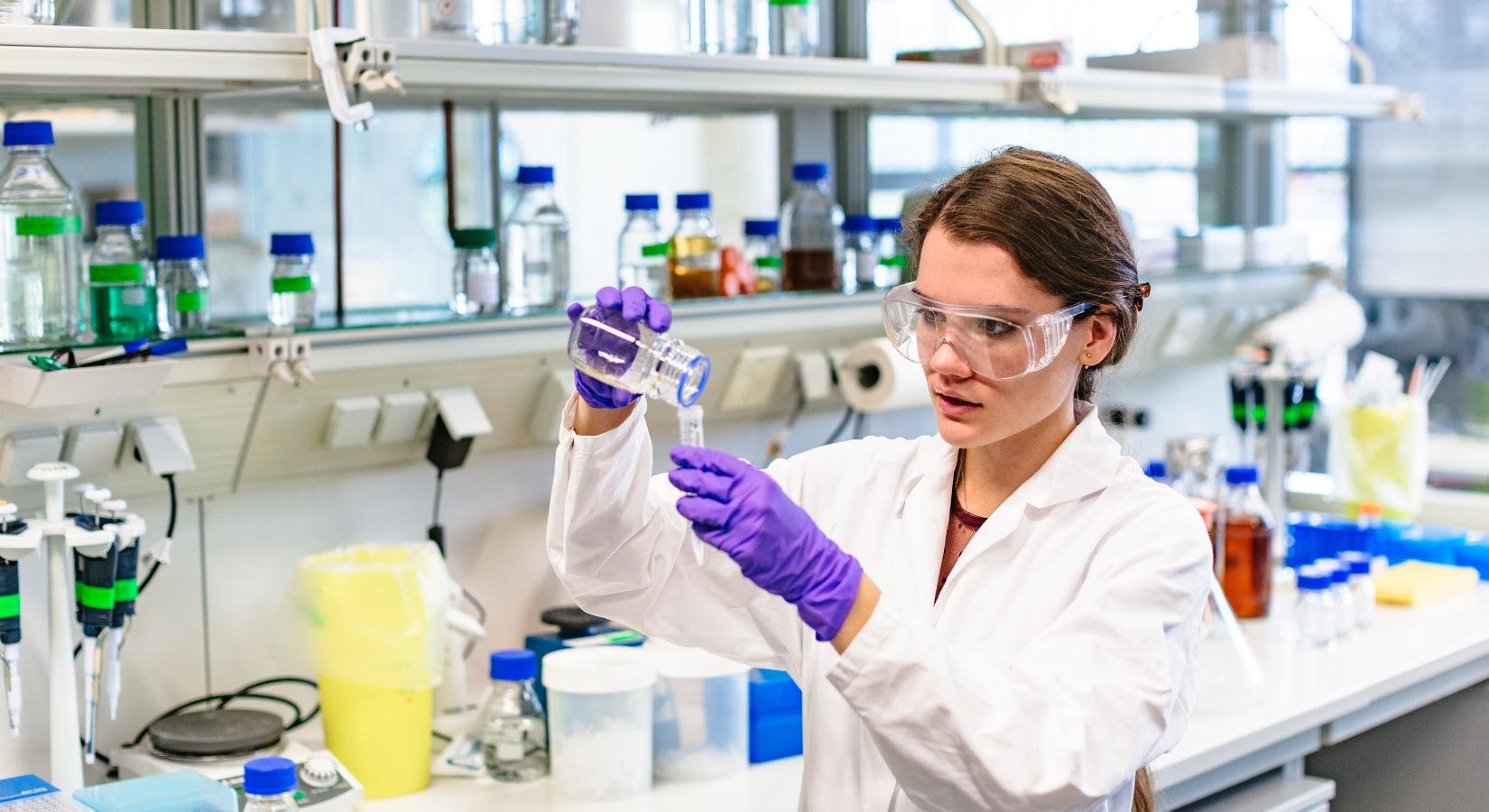
Determination of formic acid | Autotitrator COM-A19
Formic acid is monobasic carbonic acid , which belongs to lower saturated fatty acid group. Formic acid has a little different properties from other saturated fatty acids; it has significantly strong acidity (12 times stronger than acetic acid) and reducing character, degrades to water and carbon dioxide gas by the oxidation. It can also reduce ammoniacal silver nitrate.
The neutralization titration method with sodium hydroxide standard solution for the determination of formic acid is prescribed in “JIS K8264. This report introduces an example of the potentiometric titration with glass electrode instead of indicator method using phenolphthalein prescribed in JIS.

